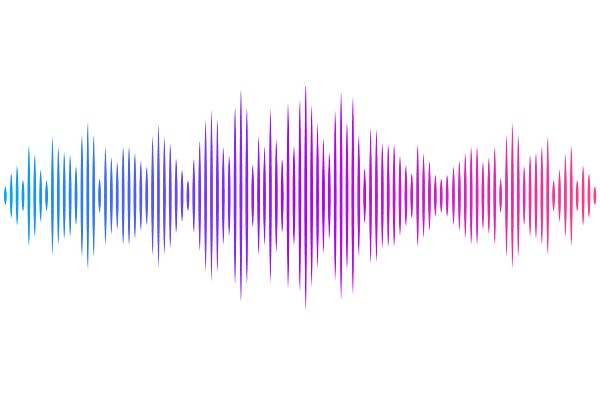Emergence of cosmic structure from Planckian discreteness

Emergence of cosmic structure from Planckian discreteness
Gabriel R. Bengochea, Gabriel Leon, Alejandro Perez
AbstractIn the standard inflationary paradigm the inhomogeneities observed in the CMB arise from quantum fluctuations of an initially homogeneous and isotropic vacuum state. This picture suffers from two well-known weaknesses. First, it assumes that quantum field theory remains valid at trans-Planckian scales, without modifications from quantum gravity. Second, it necessitates a quantum-to-classical transition in which fluctuations of a homogeneous quantum state become the classical inhomogeneities seen in the CMB. Recently, an alternative paradigm has been proposed in which such inhomogeneities are present from the very beginning, emerging from the assumed discreteness of spacetime at the Planck scale predicted by certain approaches to quantum gravity. Within this framework, scale-invariant scalar perturbations are generated naturally, without relying on trans-Planckian assumptions or invoking a quantum-to-classical transition. Specifically, inhomogeneities in the quantum state at the Planck scale propagate into semiclassical inhomogeneities on CMB scales. Here, we extend the aforementioned proposal to the most realistic case of a quasi-de Sitter expansion; in particular, we compute the scalar perturbation spectrum as a function of the slow-roll parameters, systematically encoded through the Hubble flow functions.